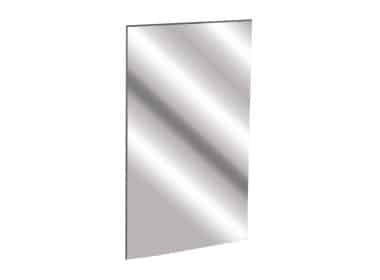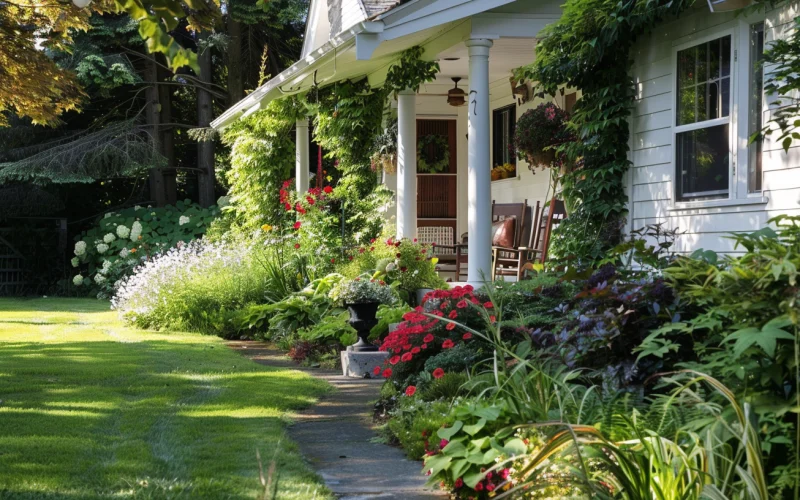Are you moving into your dream home? That is an exciting step! However, it comes with challenges. One of the main concerns you might face is keeping your wooden floors and surfaces in top shape during the move.
Scratches, dents, and other damages can take away from the beauty of your space. In this blog, we’ll share practical tips on preserving wooden floors and surfaces when moving in, helping you protect your investment and maintain the allure of your new home.
These strategies are simple to implement and will make a big difference in keeping your floors looking pristine.
Pre-Move Preparations
Preparing in advance is key to keeping your wooden floors and surfaces safe during a move. By planning each step, selecting the right materials, and getting your floors ready, you can significantly reduce the risk of damage.
Create a Moving Plan
Start by evaluating your home’s layout. Identify which areas have wooden floors and note the main pathways you and your movers will use. Think about the size and weight of your furniture and how you will move each piece.
This initial assessment helps you avoid last-minute decisions that could put your floors at risk.
Select the Right Moving Supplies
Choosing the appropriate moving supplies is crucial. Thus, for furniture that will slide across the floor, invest in felt pads and soft rubber wheels for dollies.
These materials are gentle on wooden surfaces and can prevent scratches and gouges. Stock up on these supplies before moving day to ensure everything is ready.
Prepare the Wooden Surfaces
Before the heavy lifting starts, take some time to prepare your wooden surfaces. Clean the surfaces thoroughly to remove any debris that might cause scratches. Apply a fresh finish coat or, if possible, use a specialized wood protector.
That adds an extra layer of protection and makes the wooden surfaces more resilient to the stresses of moving.
Alt: A person preserving wooden floors and surfaces by cleaning them.
Choose the Right Help
Selecting who will help you move is as important as how you move. Whether hiring professionals or enlisting friends, the right team can make all the difference in preserving wooden floors and surfaces.
Hire Professional Movers
Regarding professional movers, not all are created equal, especially when you need to protect delicate surfaces like wooden floors. Therefore, choosing a moving company with a strong reputation for carefully handling belongings is important.
You can get insight into moving companies that provide delicate relocations by checking Verified Movers Reviews. This platform allows you to read feedback from previous customers and see which companies excel in protecting furniture and floors during moves.
This information can guide you in making an informed decision, helping you find a team that aligns with your needs.
Train Your Helpers
If you decide to move with the help of friends or family, take a moment to guide them on how to handle heavy items properly. Show them how to lift and carry furniture without dragging it.
Ensure everyone uses your gathered tools and materials, like dollies and sliders. A quick briefing can prevent a lot of potential damage to your floors.
During the Move – Techniques and Tools
Using the right techniques and tools during moving day can protect your beautiful hardwood floors from potential damage. Focusing on how you move items and what you move them with can keep your floors pristine.
Proper Lifting and Carrying Techniques
Good technique starts with proper lifting and carrying. Always lift heavy items with your legs, not your back, to avoid sudden drops.
When moving large furniture over wood floors, use at least two people to ensure stability and distribute the weight evenly. This method prevents dragging or dropping furniture, which can cause serious scratches or dents.
Use of Tools
The right tools can make a big difference:
- Dollies: Equip them with rubber wheels to minimize impact and scratching. Dollies are ideal for moving heavy furniture and boxes smoothly across your floors.
- Sliders: Place sliders under the legs of heavy furniture. They allow you to glide pieces across hardwood without leaving marks. Ensure the sliders are made of a soft material like felt or rubber.
Temporary Floor Coverings
To add an extra layer of protection, lay down temporary floor coverings:
- Cardboard: Laying flattened cardboard along walkways is a quick and cost-effective option.
- Drop Cloths: Use fabric drop cloths for areas where you’ll be working with tools or other potentially scratch-inducing items.
- Plastic Sheeting: Plastic offers a waterproof barrier, which is especially useful if the move involves potentially messy elements.
Alt: A stack of cardboard sheets.
Managing High-Traffic Areas
During the move, certain areas of your home will naturally see more traffic than others. These high-traffic zones can be particularly vulnerable to damage if not managed properly. Here’s how to handle these areas to keep your floors safe.
Strategic Route Planning
To begin with, plan your moving route inside the home. Identify which doors and hallways will be the main pathways for moving items in and out. Once identified, you can minimize traffic on more delicate flooring by using alternative routes.
Also, consider removing doors temporarily to increase space and reduce the risk of scratches from squeezing items through tight spots.
Regular Floor Checks
As the move progresses, regularly check the condition of the floors along these high-traffic paths. Doing so lets you quickly address any dirt, grit, or small debris that might have been brought in on movers’ shoes or fallen from boxes.
This proactive approach stops minor abrasives from turning into major scratches.
Alt: People carrying boxes through a removed door.
Preserving Wooden Floors and Surfaces When Moving In: Post-Move Care
After the hustle and bustle of moving day, it’s crucial to turn your attention to post-move care. Properly tending to your wooden floors and surfaces immediately after the move can prevent long-term damage and keep them looking great.
Immediate Cleaning
Start by thoroughly cleaning the floors throughout your home. Sweep or vacuum to remove dust, dirt, or small debris that could scratch the wood surface. Pay special attention to crevices and corners where grime tends to accumulate. Follow up with a damp mop to remove residual dust. Be sure not to use too much water, as excess moisture can damage wood surfaces.
Inspect for Damage
Once the floors are clean, inspect for any signs of damage, such as scratches, dents, or gouges. Identifying these issues on time can help you address them before they worsen.
If you find minor scratches, you might be able to repair them with a matching wood marker or stain. For more significant damage, you might consider hiring a professional to refinish the wood floors, restoring them to their original condition.
Long-term Floor Care
Maintaining the beauty of your wood floors and surfaces doesn’t stop after the initial post-move cleaning and inspection.
Regular maintenance is key to preserving their condition over time. Use felt pads under furniture legs to prevent future scratches, and place rugs in high-traffic areas to minimize wear.
Regularly cleaning and promptly addressing spills will also protect the wood and extend the life of your floor and wooden surfaces.
Keep Your Floors and Wooden Surfaces Flawless
Preserving wooden floors and surfaces when moving in is possible and straightforward with the right approach. By planning, choosing careful helpers, using the proper tools, and maintaining diligent post-move care, you can keep your floors and wooden surfaces pristine.
The effort you put into preserving your floors today will keep your home looking beautiful tomorrow. So, embrace these tips and enjoy settling into your undamaged dream home.








![Dog Run Ideas [Free DIY Plans and Tips for a Backyard your dog will love ]](https://cdn.northernfeeling.com/wp-content/uploads/2023/07/Dog-Run-Ideas-Free-DIY-Plans-and-Tips-for-a-Backyard-your-dog-will-love-.jpg)


